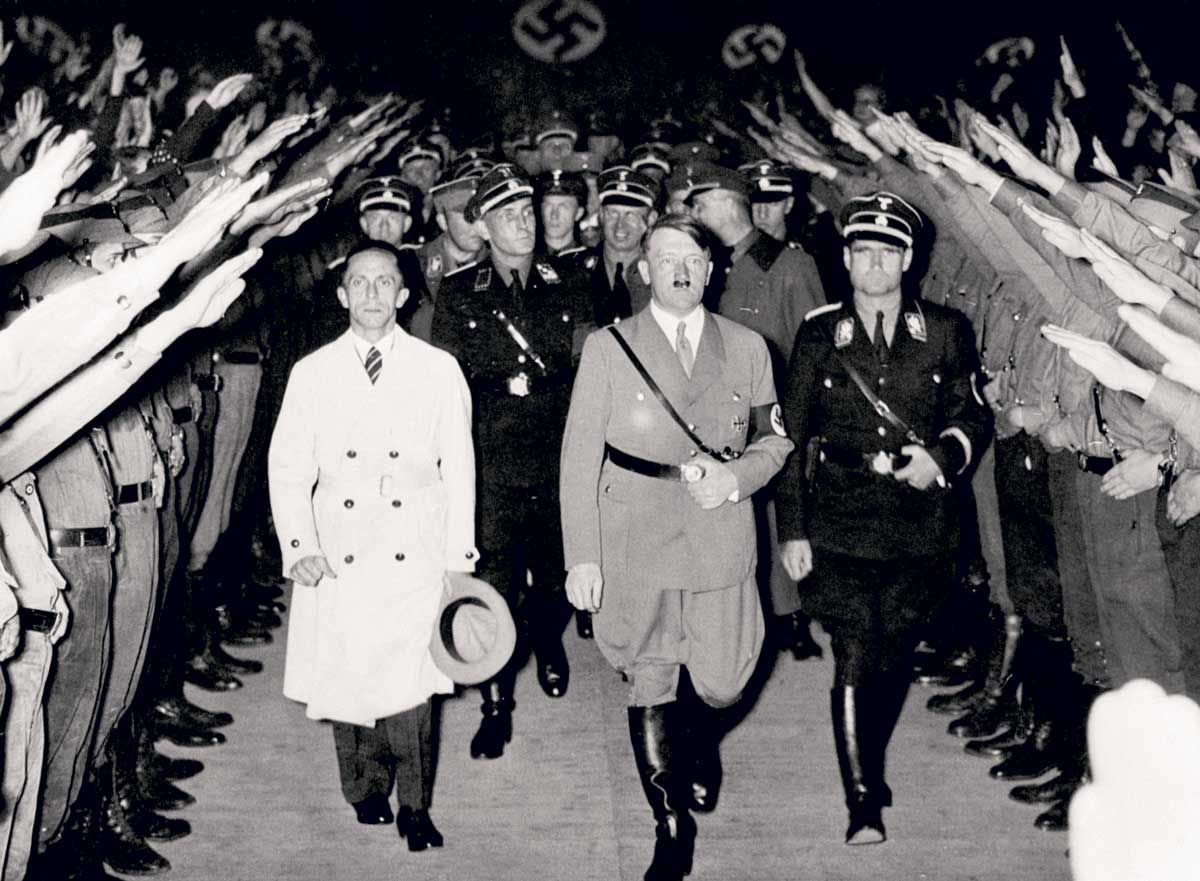1933: Death of a Democracy - 2 minutes read

German newspapers offered gloomy predictions for Adolf Hitler’s political prospects. The Social Democratic newspaper Vorwärts ran an article on 1 January 1933 with the headline: ‘Hitler’s Rise and Fall’, suggesting Nazi electoral popularity had peaked at the July 1932 national poll. The Berliner Tageblatt noted: ‘Everywhere in the world people were talking about – what was his name: Adalbert Hitler. Later? He’s vanished!’
Germany was in the middle of a political crisis. During 1932 there had been three chancellors: Heinrich Brüning, Franz von Papen and General Kurt von Schleicher. Each failed to establish a government with a majority in the Reichstag. They were appointed by the 85-year old president Paul von Hindenburg, using arbitrary powers granted to him under Article 48 of the Weimar constitution. He wanted to establish a stable and popular right-wing authoritarian government, which excluded left-wing parties, but was reluctant to appoint Hitler as his chancellor.
Papen felt aggrieved about Schleicher’s role in bringing down his own government and wanted to return to power. He realised he needed the cooperation of Hitler to do so. Political circumstances brought this odd couple together. Hitler and von Papen met a number of times in January to discuss the creation of a coalition government.